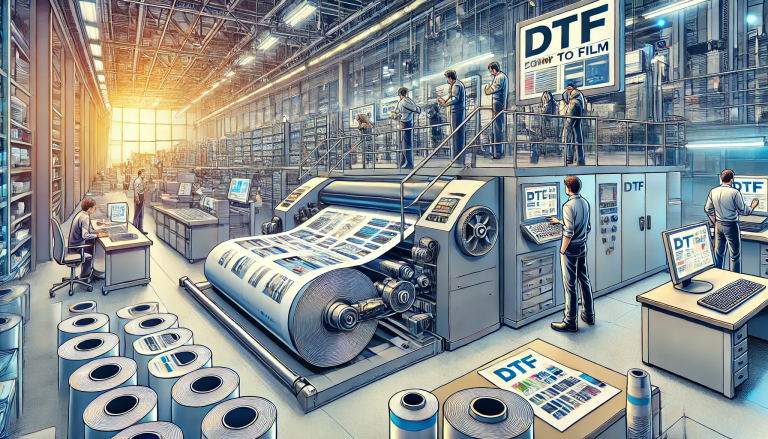“The Ultimate Guide: How to Heat DTF (Direct-to-Film) Powder” -MAXDTF- Transfer DTF UV Film Factory, China UV DTF AB Decal, Made in China
DTF or Direct-to-Film printing is a revolutionary technology that has made waves in the digital printing industry. It allows for high-quality, detailed prints on a wide variety of materials, including fabric, wood, and more. One critical component in the DTF printing process is the application and heating of DTF powder. This blog post aims to provide a comprehensive guide on how to heat DTF powder effectively to ensure optimum printing results.
What is DTF Powder?
DTF powder, also known as adhesive powder, plays a critical role in the DTF printing process. After the ink is applied to the transfer film, DTF powder is used to bind the ink to the film. When heat is applied, the powder melts, causing the ink to adhere to the surface of the material on which the design is being printed.
Steps to Heat DTF Powder
- Application of the Powder: First, the DTF powder needs to be evenly applied over the printed design. This can be done manually by sprinkling the powder over the image or using a powder shaker. Ensure that the entire printed area is covered, but avoid using an excess of powder as it may affect the quality of the print.
- Removing Excess Powder: Shake off any excess powder. The goal is to have the powder only on the areas with the ink. The excess can be collected and reused, preventing wastage.
- Heating the Powder: This is where the magic happens. The transfer film, now covered with DTF powder, is passed through a heat press or oven. The heat causes the powder to melt, adhering the ink to the film. The optimal temperature is typically around 210 to 230 degrees Fahrenheit (or 100 to 110 degrees Celsius), but you should always refer to the instructions provided by the manufacturer of the DTF powder.
- Cooling Down: Allow the transfer film to cool down before proceeding. This step is crucial, as premature handling may damage the print. Cooling also allows the melted powder to solidify, ensuring that the ink is properly fixed onto the film.
- Transferring the Design: The final step is to transfer the design onto your chosen material. This is done using a heat press. The film is placed onto the material, and then heat and pressure are applied, causing the design to transfer.
Important Tips
- Consistency is Key: Always ensure an even distribution of DTF powder over the printed image to get a clean and high-quality print.
- Correct Heat Setting: The heating temperature can significantly impact the quality of the final print. Too much heat can cause the powder to over-melt and the colors to bleed, while insufficient heat might not melt the powder adequately, resulting in poor adhesion of the ink.
- Patience Pays Off: Allow the transfer film to cool completely after heating the powder. Although it might be tempting to move on to the next step immediately, giving it the necessary time to cool down ensures a better print.
Direct-to-Film printing has opened up a new world of possibilities in the digital printing arena. By understanding the intricacies of each step, especially the heating of the DTF powder, you can produce stunning prints with precision and ease. Happy printing!



